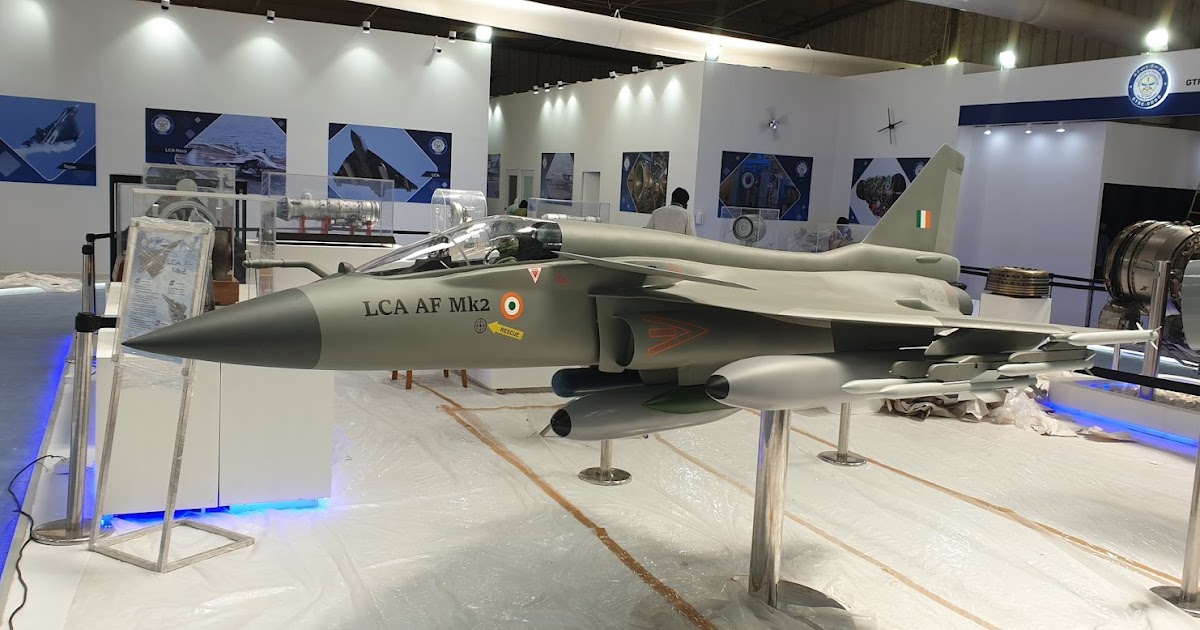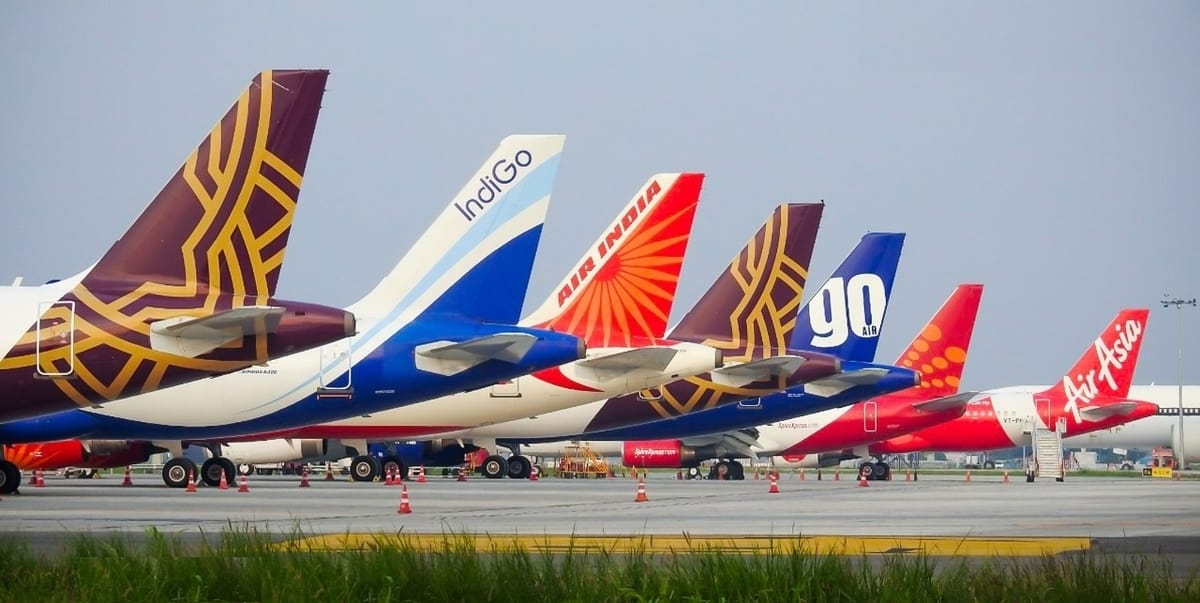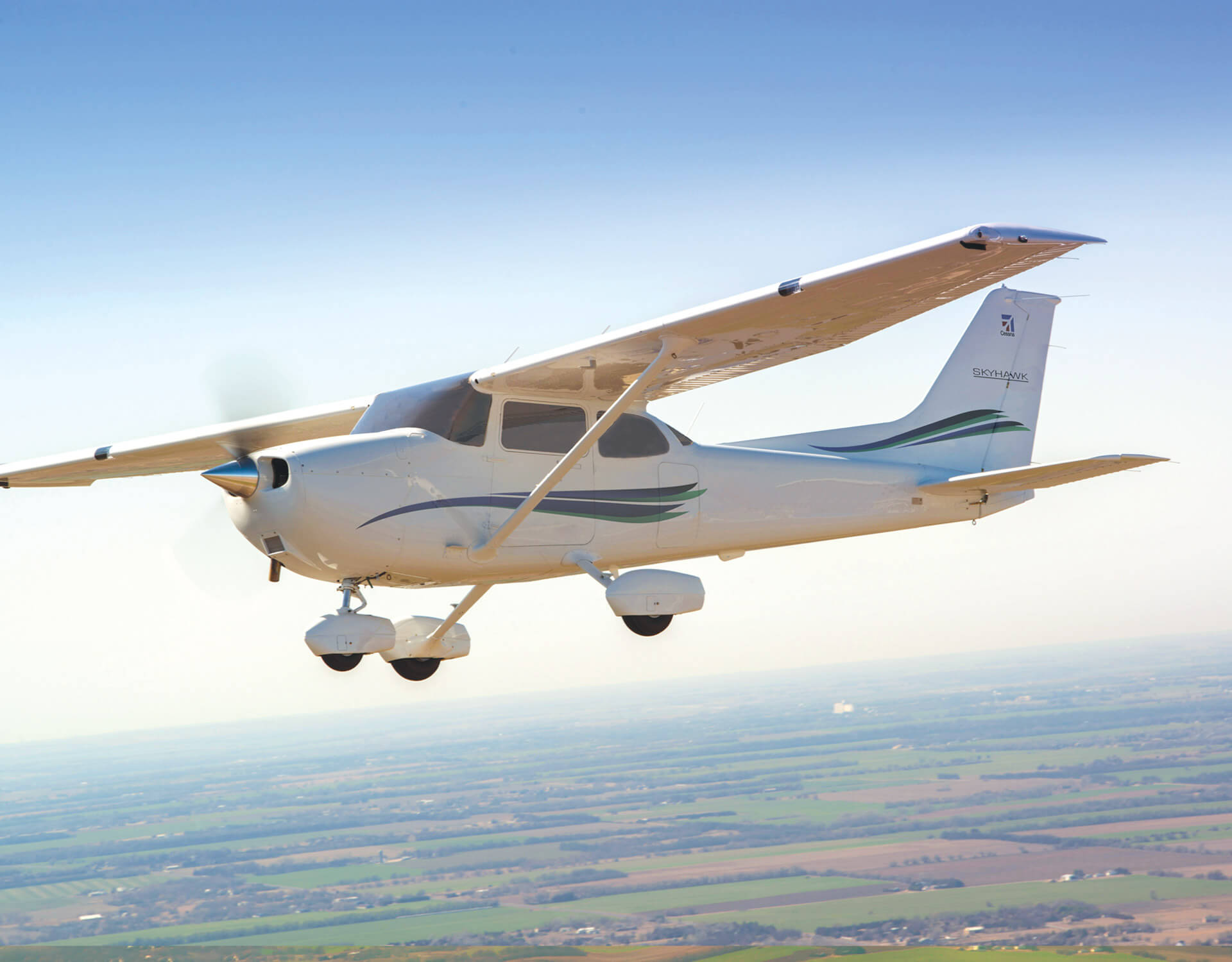Eight accidents involving planes of Flying Training Organisations (FTOs) happened in 2022 and an investigation related to one accident has been completed so far, according to the government.
At present, there are 35 Flying Training Organisations (FTOs) operating at 53 bases as approved by the Directorate General of Civil Aviation (DGCA).
ALSO READ - DGCA boosts monitoring of Flying Training Organisations to increase safety
8 accidents of trainer aircraft of FTOs happened in 2022
In a written reply in the Lok Sabha on Thursday, February 2, Minister of State for Civil Aviation V K Singh said there were a total of eight accidents in 2022 involving FTO aircraft. Probe into the accidents is carried out by the Aircraft Accident Investigation Bureau (AAIB).
As per data provided by the minister, the investigation into the accident at Jakkur Aerodrome in Bengaluru that happened on April 21, 2022, has been completed. A Cessna 185 plane was involved and the operator was Agni Aero Sports Adventure Academy (P) Ltd.
ALSO READ - DGCA reviews 30 flying training organisations; suspends certified flight instructors
Singh, in another written reply, said in June 2022, six FTO slots were awarded by the Airports Authority of India (AAI) at five airports -- Bhavnagar (Gujarat), Hubballi (Karnataka), Kadappa (Andhra Pradesh), Kishangarh (Rajasthan) and Salem (Tamil Nadu).
In 2021, AAI awarded nine FTO slots at five airports at Belagavi (Karnataka), Jalgaon (Maharashtra), Kalaburagi (Karnataka), Khajuraho (Madhya Pradesh) and Lilabari (Assam). These slots were awarded after a competitive bidding process.
ALSO READ - DGCA issues the highest number of Commercial Pilot Licenses in 2022 in the last decade
The minister also said there is no shortage of pilots in the country and as many as 1,165 Commercial Pilot Licenses (CPLs) were issued by the DGCA last year.
Read next
Indian aviation industry suffered a loss of over INR 24,000 crore in the last two financial years during 2020-22. As per the Union Ministry of Civil Aviation, the industry in FY 2020-21 suffered a loss of INR 12,479 crore and in FY 2021-22 it was INR 11,658 crore.
In a reply at the Lok Sabha on Thursday, February 2, the Ministry said the Centre has taken various initiatives to support the aviation industry.
The reduction in Value Added Tax (VAT) on Aviation Turbine Fuel (ATF) was taken up with state governments and union territories levying high VAT on ATF. As a result, VAT on ATF has been reduced by 17 states and UTs.
Indian aviation industry suffered a loss of INR 24,000 crore in 2020-22
The reply said that the Goods and Services Tax (GST) rate has been reduced from 18% to 5% for domestic Maintenance, Repair and Overhaul (MRO) services.
The Ministry further informed that the Airports Authority of India (AAI) and other airport developers have targeted a capital outlay of approximately INR 98,000 crore in the next five years for expansion and modification of new and existing terminals as well as the strengthening of runways, among other activities.
The Centre has also approved the Emergency Credit Line Guarantee Scheme (ECLGS) for the aviation sector, according to the Ministry.
Based on the industry demand, the scope of ECLGS has been enhanced to provide credit support to these companies up to 100% of their total credit outstanding (both fund based and non-fund-based outstanding) as on reference dates, subject to a cap of INR 1,500 crore per borrower, whichever is lower.
The goods and Services Tax (GST) rate has been reduced from 18% to 5% for domestic Maintenance, Repair and Overhaul (MRO) services.
Meanwhile, the allocation to the aviation sector in the Union Budget FY23-24, which was presented by Finance Minister Nirmala Sitharaman, more than halved to INR 3,113.36 crore. Of this, INR 3,026.70 crore is for revenue and INR 86.66 crore is for capital.
ALSO READ - Civil Aviation Ministry allocated INR 3,113.36 crore in Budget 2023-24; 50 airports, heliports to be revived
The Finance Minister also announced the setting up of 50 new airports, and water aerodromes and revive advanced landing gears to improve regional air connectivity. The government has also announced plans to develop 50 tourist destinations and sector-specific skilling and entrepreneurship development schemes such as the Swadesh Darshan Scheme.
Rating agency ICRA says the allocation to the aviation sector in the budget is aimed at boosting domestic tourism and travel. "The Union Budget for FY2023-24 has reiterated its focus on improving regional air connectivity through setting up of 50 additional airports, heliports, water aerodromes and revival of advance landing grounds, which will boost domestic air travel," it says.
Read next
Air India Express aircraft returns to Abu Dabhi after 'flameout' in engine
Radhika Bansal
03 Feb 2023
An Air India Express flight from Abu Dhabi to Kerala's Kozhikode (or Calicut) was forced to return shortly after taking off because of a 'flameout' in the No. 1 engine while the plane was climbing.
National regulator Directorate General of Civil Aviation told news agency ANI the plane was a Boeing 737-800 and that it was 'involved in (an) airturnback'.
"Today (Feb 3) an Air India Express B737-800... operating flight IX 348 (Abu Dhabi-Calicut) was involved in (an) airturnback due to No 1 engine flameout at 1,000 ft during climb."
The airline told ANI the plane managed to land and that all on board are safe.
According to flight-tracking website Flightradar24, the flight took off at 9.59 pm UTC (3.29 am IST) and landed less than 45 minutes later.
The plane reached a max altitude of 1,975 feet.
Earlier this month another AI Express flight - from Trivandrum to Muscat - was forced to land, less than 45 minutes after taking off, due to a technical error.
Officials told ANI of a problem with the FMS, or flight management system.
Read next
US, India seek joint production of GE jet engines for HAL’s combat aircraft
Radhika Bansal
03 Feb 2023

President Joe Biden’s administration has promised to fast-track the approval the General Electric Company of the United States sought to produce in India the engines to power the combat aircraft manufactured by Hindustan Aeronautics Limited.
The Biden Administration also agreed to work with the American Congress to lower the barriers for the export of High-Performance Computing technology and source code from the US to India.
The White House confirmed that the United States government had received “an application from General Electric to jointly produce jet engines that could power jet aircraft operated and produced indigenously by India”.
“The United States commits to an expeditious review of this application,” it added in a fact sheet issued after a meeting between Biden’s National Security Adviser Jake Sullivan and his counterpart in the Government of India, Ajit Doval, in Washington DC late Tuesday.
The GE is likely to collaborate with the Defence Research and Development Organization (DRDO) of the Government of India and another manufacturer in India to produce the F414-INS6 engines for the TEJAS MK-2, which would be developed by the HAL to replace the Mirage-2000, the Jaguar and the MiG 29 fighter jets of the Indian Air Force (IAF) fleet. The GE may transfer technologies to allow the production of several key components of the engine in India, according to a source aware of the discussion between New Delhi and Washington DC on bilateral defence technology cooperation.
Sullivan told journalists after his meeting with Doval in Washington DC that both sides would strive for “fast and ambitious progress” on setting the stage for the US company manufacturing jet engines in India.
The two sides also agreed to develop a new bilateral Defence Industrial Cooperation Roadmap to accelerate technological cooperation between both countries for joint development and production, not only of jet engines but also of munitions and other systems. They agreed to enhance long-term research and development cooperation, with a focus on identifying maritime security and intelligence surveillance reconnaissance operational use cases.
They will launch a new “Innovation Bridge” that would connect the defence start-ups of India and the US.
Doval, Prime Minister Narendra Modi’s National Security adviser (NSA), is currently on a tour to Washington DC. He and his counterpart, Sullivan, on Tuesday led the first dialogue within the framework of the US-India initiative on Critical and Emerging Technology (iCET), which was announced by Modi and Biden during a meeting in Tokyo in May 2022.
The Biden Administration agreed to launch the new initiative after New Delhi had repeatedly pointed out that India had to rely more on Russia only because the US and the other western nations had in the past declined to share with it advanced military hardware and critical technologies. The Modi Government had put forward the argument in response to criticism over its refusal to join the US and the rest of the West in criticising Russia for its military aggression against Ukraine.
Geopolitical factors like China’s aggression against its disputed boundary with India, its belligerence against other nations in the Indo-Pacific region and its growing strategic synergy with Russia in the wake of President Vladimir Putin’s war against Ukraine played a key role in prompting India and the US to agree to foster an open, accessible and secure technology ecosystem, based on mutual trust and confidence, reinforcement of democratic values and democratic institutions.
“The China-Russia factors are real, but so is the idea of building a deep, democratic ecosystem of high technology (between India and the US,” Sullivan said, adding: “So, geopolitics doesn’t sit off to the side, but it’s not a comprehensive explanation for what’s at work here.”
The meeting between Doval and Sullivan saw India and the US underlining “their commitment to working to resolve issues related to regulatory barriers and business and talent mobility in both countries through a standing mechanism under iCET”.
The two sides also agreed on signing a new Implementation Arrangement for a Research Agency Partnership between the National Science Foundation of the US and the science agencies of India to expand international collaboration in a range of areas — including artificial intelligence, quantum technologies, and advanced wireless — to build a robust innovation ecosystem between our countries. They also agreed on establishing a joint India-US Quantum Coordination Mechanism with participation from industry, academia, and government to facilitate research and industry collaboration.
(With Inputs from Deccan Herald)
Read next
Airbus and Qatar Airways have settled a dispute over the degraded surface of grounded A350 jets, Airbus said on Wednesday, averting a potentially damaging UK court trial.
The "amicable settlement" ends a bitter dispute over the safety of corrosion left exposed by cracked paint, which had led Airbus to revoke dozens of jet orders from the Gulf airline.
Airbus said the deal was not an admission of liability by either party, both of whom would move forward as partners. Reuters reported earlier that a deal could be reached on Wednesday.
This long going saga started towards the end of 2020 when Qatar Airways complained that it had detected cracks in the paint of some of its newly acquired A350 aircraft and subsequently grounded part of its fleet. Airbus rejected all allegations that safety could have been compromised due to this issue.
Qatar Airways had 53 Airbus A350 aircraft (34 of the –900 version and 19 of the –1000 one), in its fleet plus outstanding orders for 19 more of the type when this conflict erupted.
What followed were months of very public wrangling and a lawsuit, with the matter expected to be resolved at London’s High Court.
A preliminary court hearing took place in London on January 19, 2023, where it became known that Airbus had implemented some design changes affecting parts of its production process, allegedly in response to the concerns about this matter.
Airbus’ note further states that the airline and aircraft manufacturer are working together on a repair programme and to get the affected aircraft back in the air.
Interestingly, the wording of the announcement hints at the fact that Airbus and Qatar Airways may get back to working together in the future.
It is worth noting that, as a result of this dispute, Airbus had unilaterally cancelled Qatar Airways’ all outstanding aircraft orders, including for 50 A321neo aircraft, forcing the airline to look for alternatives at short notice in order to stick to its planned growth programme.
Read next
Civil Aviation Ministry allocated INR 3,113.36 crore in Budget 2023-24; 50 airports, heliports to be revived
Radhika Bansal
02 Feb 2023

The Civil Aviation Ministry witnessed a significant decline in its allocation in Budget 2023-24 presented on Wednesday, February 1. The Budget allocated INR 3,113.36 crore to the ministry, against INR 10,667 crore in 2022-23, which was later revised to INR 9,363.70 crore.
The Budget documents showed that the major reduction is mainly due to lower money allocation for AI Asset Holding Ltd (AIAHL), a special-purpose vehicle formed by the government that holds various assets of national carrier Air India.
The Budget for 2023-24, presented by Finance Minister Nirmala Sitharaman on Wednesday, has allocated INR 3,113.36 crore for the ministry. This includes INR 3,026.70 crore from revenue and INR 86.66 crore from capital.
The Budget announced on Wednesday, February 1 has allocated INR 1,114.49 crore for AIAHL under the public sector undertakings segment. In the Budget for 2022-23, AIAHL was initially allocated INR 9,259.91 crore, which was later revised to INR 7,200 crore and the provision is kept for servicing of loan transferred to SPV as a result of the financial restructuring of Air India.
Tata Group took over the control of Air India in January last year following the government's disinvestment process.
On the other hand, the latest budget has hiked the amount for regional air connectivity to INR 1,244.07 crore for the next financial year starting April 1. The proposal is for the revival of 22 airports and for the commencement of 100 RCS routes, and viability gap funding for northeast connectivity. To improve connectivity in the North East Region, a new scheme has also been formulated for providing air connectivity and aviation infrastructure.
Union Finance Minister Nirmala Sitharaman in her Budget speech announced that 50 additional airports, heliports, water aerodromes and advanced landing grounds will be revived for improving regional air connectivity.
Aviation regulator DGCA has got INR 309 crore in this Budget and the provision is for meeting the establishment expenditure of the Director General of Civil Aviation and its regional and field offices. It provides for Training Projects, the eGCA Project, construction of DGCA Bhawan. It also includes provisions for India's contribution to the International Civil Aviation Organisation.
The allocation for the Bureau of Civil Aviation Security (BCAS) has been increased to INR 73.74 crore. In next financial year, Airports Authority of India (AAI) is to raise INR 3,448.21 crore by way of Internal and Extra Budgetary Resources (IEBR).
The government has been working on various initiatives to improve regional air connectivity, such as the UDAAN (Ude Desh ka Aam Naagrik) scheme. It focuses on connecting Tier-2 and 3 cities. Almost close to 1.15 crore people have availed flights under the UDAAN scheme in the last six years. The government has allocated an amount of Rs 4,500 crores for the revival of neglected airports and airstrips of the state governments, as well as public sector undertakings, and civil groups.
UDAN flights have transported almost close to 1.15 crore people in the last six years. In her first address to the joint sitting of Parliament on Tuesday, President Droupadi Murmu said the country's aviation sector is growing rapidly. "Up to 2014, the number of airports in the country was 74, it has now increased to 147. Today India has become the third-largest aviation market in the world. The UDAN Yojana has played an important role in this regard," she had said. “A very well thought and very futuristic approach by the Finance Minister in this field. Not only 50 additional airports augment the need for enhanced air connectivity but it will lead to the creation of thousands of Jobs both directly and indirectly. It will provide ample opportunities for further aviation domains to grow and meet the expectations of the Indian population,” said Dr. Arun Lohiya, Chief Operating Officer, CAD Ventures Pvt Ltd. Ahead of the Budget announcements, the Economic Survey claimed that the country's civil aviation sector has "great potential" owing to growing demand from the middle class, higher disposable incomes and favourable demographics, while air travel has rebounded with the lifting of the coronavirus pandemic-related curbs. The survey for 2022-23, tabled in Parliament on Tuesday, listed various factors that are helping the civil aviation sector, including the UDAN scheme, which has considerably enhanced regional connectivity through the opening of airports in the hinterland. Under the UDAN (Ude Desh ka Aam Naagrik) scheme, which is aimed to facilitate/ stimulate regional air connectivity by making it affordable, the total number of tourism routes has increased to 59 and presently, 51 are operational. "The civil aviation sector in India has great potential owing to growing demand from the middle class, growth in population and tourism, higher disposable incomes, favourable demographics, and greater penetration of aviation infrastructure," the survey stated. With the containment of Covid-19 infections and the lifting of travel restrictions worldwide, the survey said, air travel has rebounded. While in FY21, there was a considerable decline in air traffic -- a fall of 54 per cent -- and passenger traffic handled -- a decrease of 66 per cent -- last financial year witnessed a recovery.


Comment